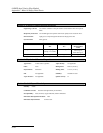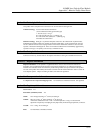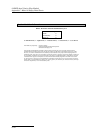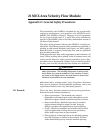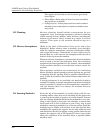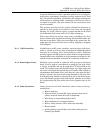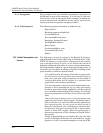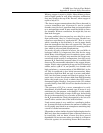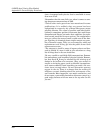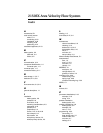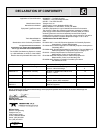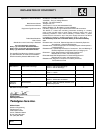
2150EX Area Velocity Flow Module
Appendix D General Safety Procedures
D-6
tions. A supposed safety device that is unreliable is worse
than none at all.
“Remember that the nose fails, too, when it comes to sens-
ing dangerous concentrations of H
2
S.
“Various other toxic gases have been mentioned in some
publications. It is unlikely that any person has been
asphyxiated in a sewer by any of those other gases, except
possibly chlorine. The vapor of gasoline and other hydro-
carbons is sometimes present in amounts that could cause
discomfort and illness, but under that condition, the explo-
sion hazard would be far more serious. The explosimeter
tests, as well as the sense of smell, would warn of the dan-
ger. Pipelines in chemical plants might contain any num-
ber of harmful vapors. They, too, are sensed by smell and
explosimeter tests if they get into the public sewer. Such
occurrences are rare.
“The attempt to instill a sense of urgency about real haz-
ards is diluted if a man is told to give attention to a long
list of things that in fact are irrelevant.
“Be very careful to avoid high H
2
S concentrations, flamma-
ble atmospheres, and hazards of physical injuries. Remem-
ber that much H
2
S may be released by the stirring up of
sludge in the bottom of a structure. Obey your senses in
respect to irritating gases, such as chlorine (unconscious-
ness comes suddenly from breathing too much). Be cau-
tious about strange odors. Do not determine percent
oxygen in the air. There is a danger that the result will
influence a man's thinking about the seriousness of the
real hazards. Most important, use ample ventilation, and
do not enter a potentially hazardous structure except in a
good safety harness with two men at the top who can lift
you out.”



